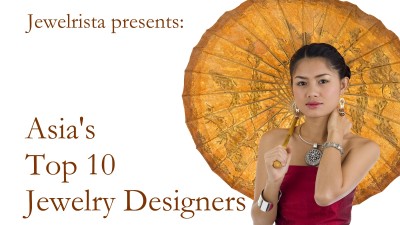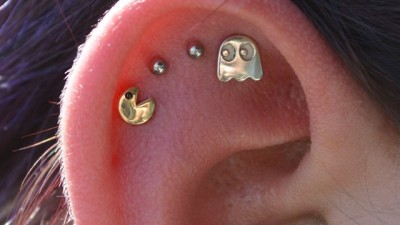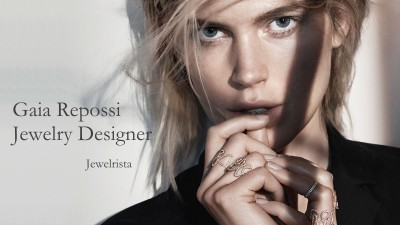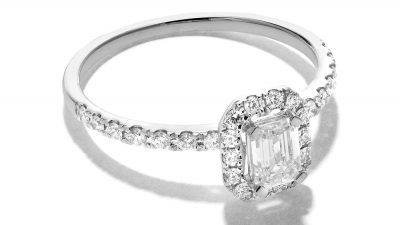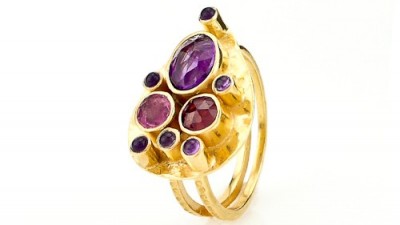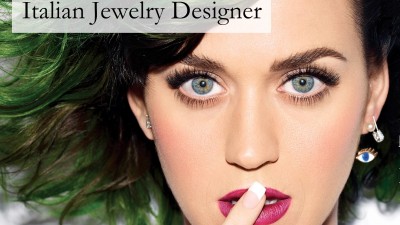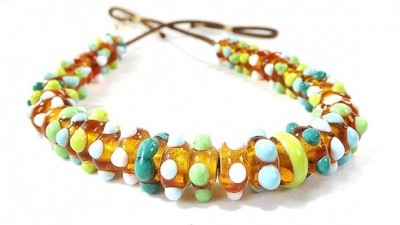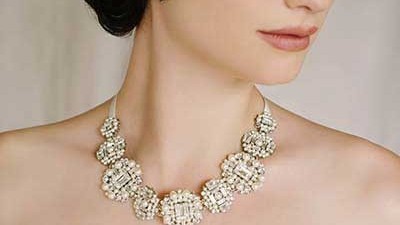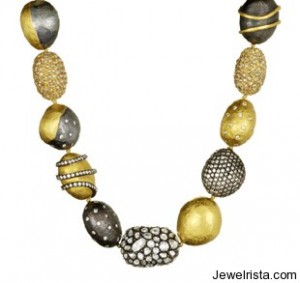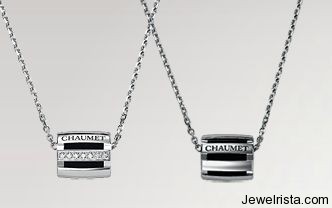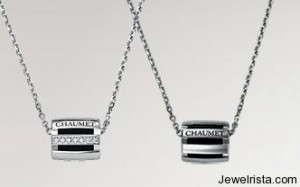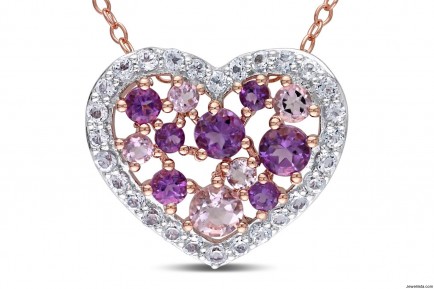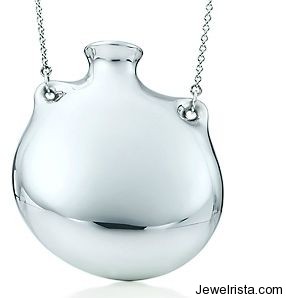A Venerable Origin
With 224 years of prestigious status in the world jewelry making, the legend of Chaumet is one of unprecedented glamour and success. Founded in 1780 by Marie-Etienne Nitot in Paris, Chaumet has since demonstrated a passionate devotion and vision for spectacular jewelry creations. Utilizing his superb craftsmanship in jewelry designs, expertise in gemstone judgement, and charismatic sales techniques, Nitot soon won fame and success as court jeweler to Napoleon. Besides designing the imperial swords and all the bejeweled finery, the French Emperor gave Nitot the task to create all the tiaras for Empresses Josephine and Marie-Louise.
Head Master – An Epitome of Dignity
The original tiara designs by Nitot during the Empire had a reputation for tasteful renderings of the more extravagant styles of the day. Most of them were heavy, elegant and majestically classical, while some were worn as low as touching the eyebrows. Richly embellished with pearls, diamonds, precious gems, and decorated with motifs derived from Greek and Roman art, Chaumet’s works were all becoming and timeless. The laurel-leaf tiara worn by Empress Josephine at the coronation of 1804, for instance, has been reproduced many times over the past two centuries. Essential as statements of rank, Chaumet’s tiaras quickly became a symbol of majestic enthronement, raising the Imperial family to the utmost dignified royalty.
Transformation towards Romanticism
The collapse of Napoleon’s regime did not deter the demand for formal jewelry, but instead, new styles of tiaras evolved. Under the guidance of Jean-Baptiste Fossin, Nitot’s successor, Chaumet’s tiara designs turned away from the severe classicism of the Empire style, and took on a simplistic style, elegantly adorned by emeralds, rubies, diamonds, enamels and other precious stones. Adopting the naturalistic theme in diverse forms of flowers, branches of leaves, ears of corn, bouquets, ribbons and arabesques, Chaumet’s designs essentially aimed to seek something new, something different, revealing a spirit of “soigne et joli”. During this an era when different European powers compete in the splendor of their Empires, Chaumet’s tiaras prevailed as an emblem of preeminence, possessed by – and only by – the noblest class.
Stepping Up to the Brave New World
During the second half of the nineteenth century, a new tier of wealthy business class ascended with the flourish of industries around the world. Private wealth was increasing constantly as was the desire to display it, thus creating a demand for tiaras and high jewelry that indulged every woman to look like an Empress. During this period, the Emperor also actively supported French participation in the International Exhibitions, which showcased a selection of French-made jewels for the head, attracted huge crowds and won most of the prizes. It is an era when upper class foreigners visited Paris, only to discover Chaumet’s tiaras and high jewelry that lived up to the exacting demands of grandeur fused with striking modernity. Chaumet’s name had since elevated to the international scene, supplying tiaras for European aristocrats and affluent clienteles across the Atlantic.
All Rounded Distinction
At the turn of the century, Chaumet’s tiaras become ever more popular, not only among royalties, but the wives of the most wealthy peers and ambassadors. They were worn in all occasions from small parties, playhouses, restaurants, to the more formal ones of weddings and court balls. Chaumet’s tiaras during this period mainly deployed platinum – a new mode of setting then that rapidly became popular in the field of jewelry – which enabled the setting to become invisibly thin, thus giving full value to the brilliance of the stones. A further refinement was the use of colored stones cut to measure the settings. In terms of designs, Chaumet also incorporated new aesthetic sources such as the flowering cherry branches of Japanese prints. New techniques and designs made such a difference that quantities of old family tiaras were brought into Chaumet for remodeling in the “modern style”.
Time Ride on the Waves of Luxury
The twentieth century was remarkably a time for Chaumet’s inspiration adapting to the changing sequence of dress fashions, which went hand in hand with great changes in the economic, political and social climate. Throughout the century, Chaumet continued to develop its expertise in jewelry making, turning out invariably attractive designs earmarked for a growing number of markets internationally. Yet, it had never ceased making tiaras, with opportunities to create masterpieces for royal members such as Queen Elizabeth II and the late King Hassan of Morocco, and more recently, for Hollywood stars and top celebrities around the world. The sight of Madonna with a tiara at her wedding with Guy Ritchie, for instance, not only conjured up childhood dreams of being a princess but implied a new attitude, whose keynote is eccentricity.
Timeless Modernity
For generations, Chaumet stood out as the most eminent jeweler of the world. Even today, in the fine jewelry industry and in the world of high society, Chaumet carries its own kudos, producing the very highest of couture jewels, and selling them to the top tier of the luxury market. From the jewelry collection of Empress Josephine, to the boudoir of the noble class, to the Hollywood dressing room in the new 21st century, Chaumet jewelry continues to cast its spell for those with unique interests in precious jewelry. Each piece contains a living memory of the glamorous past, yet scented with a distinctive resplendent that evokes individuality, elegance and charm for the modern day wearer.
To learn more about these necklaces, visit Chaumet.



